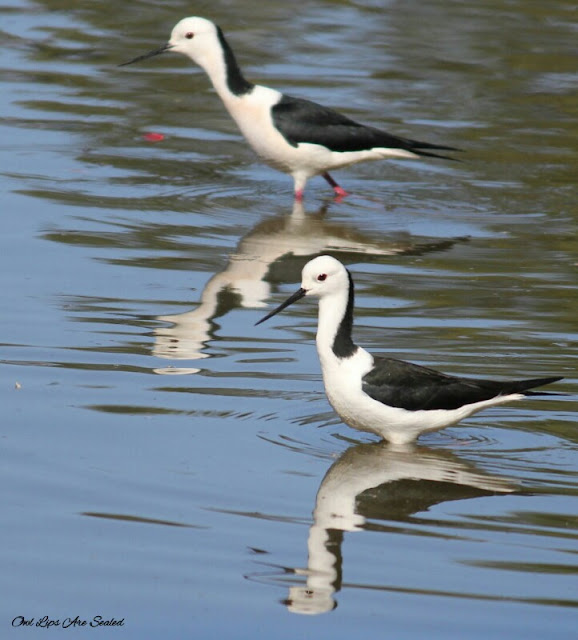I had recently visited some friends doing research on variegated fairy wrens. I had learnt from them that these wrens have male helpers that will contribute to the building of the nest and feeding of the chicks. I had left this visit hopeing to find a variegated nest of my own that I could observe.
Days later I was excited to come across one being built in some dry grass on the side of a path. The female wren was bringing long pieces of grass to the nearly completed and well camouflaged little dome. I was unwilling very close to the nest upon discovery and worried that I would cause it to become abandoned I left immediately.
I would occasionally walk past this spot on my birding days and noted not much action at the area for almost a week. I was pleased one day to see a little chestnut spot in the shadows of the nest and moments later a distressed female flying out of the bushes. I was happy to see the nest being used still and walked on.
Days later there was no sign of a bird in the nest and I approached it, I gently tipped the bottom so that I could see into the soft chamber. Three tiny eggs freckled with light brown spots were hidden in the grass home. Each time I had passed the nest since that day all I could see was mummy's chesnut beak as she was incubating her preciouts eggs.
It felt like for ever but four days ago the moment I had been waiting for had arrived. No mum was to be seen. I peeked inside the nest and three tiny birds the colour of my pale skin and with black unopened eyes were resting in the bottom of their temporary home.
Moments later an irritated mummy with a beak full of caterpillar chipped and flapped her wings. This brought the attention of two males in breeding plumage. I backed away from the nest and the males fed the chicks. Mum was more reluctant but eventually perched onto the nest beak down and but up.
This morning I revisited to find the eyes are now open and the babies have pin featheres. I also noted a male early in his first moult tending to the young. He had a small area of black creeping into his chestnut beak. He had sweet blue dots above his eyes as and some chestnut and blue lightly over his shoulders. I was excited to get a photo of this plumage as I had only just learnt that males look like females in their first year and that their beaks are a chestnut before they first moult! This just made sexing wrens more difficult!






































